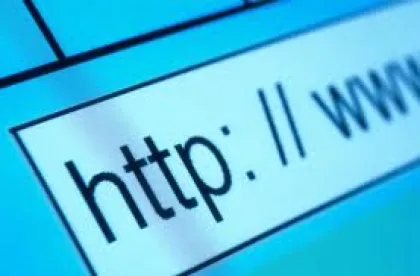Technology’s pervasive reach and society’s mounting dependence upon it has weighty implications for evidence jurisprudence. As individuals continue to use the Internet as a means of commerce, personal expression, and social interaction, the Internet has become an increasingly important source of information pertaining to those personal and business transactions. When disputes arise, parties and their attorneys are often forced to rely upon evidence taken from Internet sources in advocating their positions.
While the public is eager to use the Internet as an information source, the courts were initially reluctant to allow website content to be used in the courtroom. Finding the Internet, and the World Wide Web in particular, to be a "catalyst for rumor, innuendo, and misinformation", early courts dealing with Internet evidentiary issues proceeded cautiously. See St. Clair v. Johnny’s Oyster & Shrimp, Inc., 76 F.Supp.2d 773, 774 (S.D. Tex. 1999)("Anyone can put anything on the Internet. No web-site is monitored for accuracy and nothing contained therein is under oath or even subject to independent verification absent underlying documentation. Moreover, the Court holds no illusions that hackers can adulterate the content on any web-site from any location at any time. For these reasons, any evidence procured off the Internet is adequate for almost nothing ..."). More recently, courts have realized that thoughful application of traditional evidentiary premises will resolve any concern over the unreliability of information found on the Internet. Accordingly, the law of "Internet evidence" has become more clear.
Authentication
To be admissible, evidence must first be authenticated. "The requirement of authentication or identification as a condition precedent to admissibility is satisfied by evidence sufficient to support a finding that the matter in question is what its proponent claims." Fed. R. Evid. 901(a).
The initial challenge to the admissibility of Internet content often focuses on the alleged failure of its proponent to properly authenticate the evidence. The Federal Rules of Evidence set a fairly low threshold for authenticating evidence. U.S. v. Gagliardi, 506 F.3d 140, 150 (2nd Cir. 2007) ("The bar for authentication of evidence is not particularly high"). However, the proponent of Internet content must present evidence supporting a finding that the evidence is what it purports to be. E.g., U.S. v. Tank, 200 F.3d 627, 630 (9th Cir. 2000)(holding that the objection to admitting into evidence printouts of Internet chat room communications should be addresses as an evaluation of the evidence’s probative value and not of its admissibility where the proponent made an showing that would support the authenticity of the printouts).
The testimony of a mere visitor to a website may not be sufficient to authenticate printouts of the website content. Internet Specialties West, Inc. v. ISPWest, No. CV 05-3296 FMC AJWX, 2006 WL 4568796, at *1-2 (C.D.Cal. Sept. 19, 2006)(holding that printouts of third party websites were not properly authenticated by the testimony of a person who visited the websites but had no knowledge of the accuracy of the printouts); United States v. Jackson, 208 F.3d 633, 638 (7th Cir.2000) (holding that evidence taken from the Internet lacked authentication where the proponent was unable to show that the information had been posted by the organizations to which she attributed it). However, the testimony of the author of Internet content, the person who placed such content on the Internet, or a viewer or user of the content with sufficient foundational knowledge would be sufficient to authenticate the content. See, e.g., Perfect 10, Inc. v. Cybernet Ventures, Inc., 213 F.Supp.2d 1146, 1154 (C.D.Cal. 2002)(holding that website printouts were sufficiently authenticated where the proponent declared that they were true and correct copies of pages found on the Internet and the printouts included the appropriate web addresses and the dates printed).




 />i
/>i

